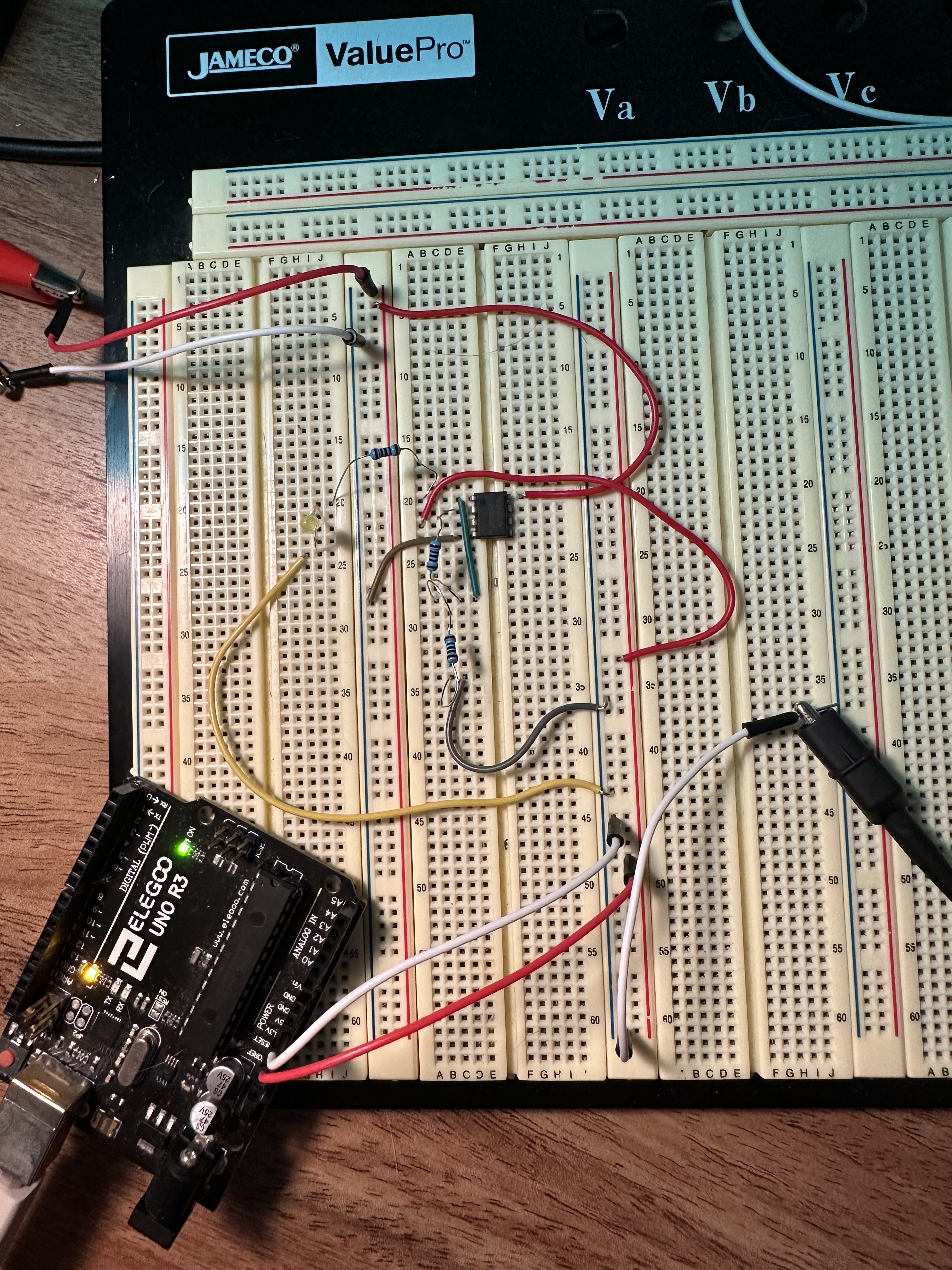this post was submitted on 29 Jun 2023
2 points (100.0% liked)
Ask Electronics
3316 readers
1 users here now
For questions about component-level electronic circuits, tools and equipment.
Rules
1: Be nice.
2: Be on-topic (eg: Electronic, not electrical).
3: No commercial stuff, buying, selling or valuations.
4: Be safe.
founded 1 year ago
MODERATORS
you are viewing a single comment's thread
view the rest of the comments
view the rest of the comments

What worked for me, that may not do so for anyone else - is to take an existing circuit (usually a reference one provided by a manufacturer) and build that. Get that working (sometimes, it hasn't worked- the manufacturer's technical support department has often been very helpful, especially when their reference design has a design fault or has been misprinted - after doing that, they used to send me unmarked, pre-production chips/etc to play with and provide feedback).
Then modified that design, to test my understanding. Tried different board layouts, guard rings, etc and documented the effect. When it didn't work as expected - took that back to their tech support to see if we could work out why.
So, for me, taking something that works and keep modifying it, just a little.